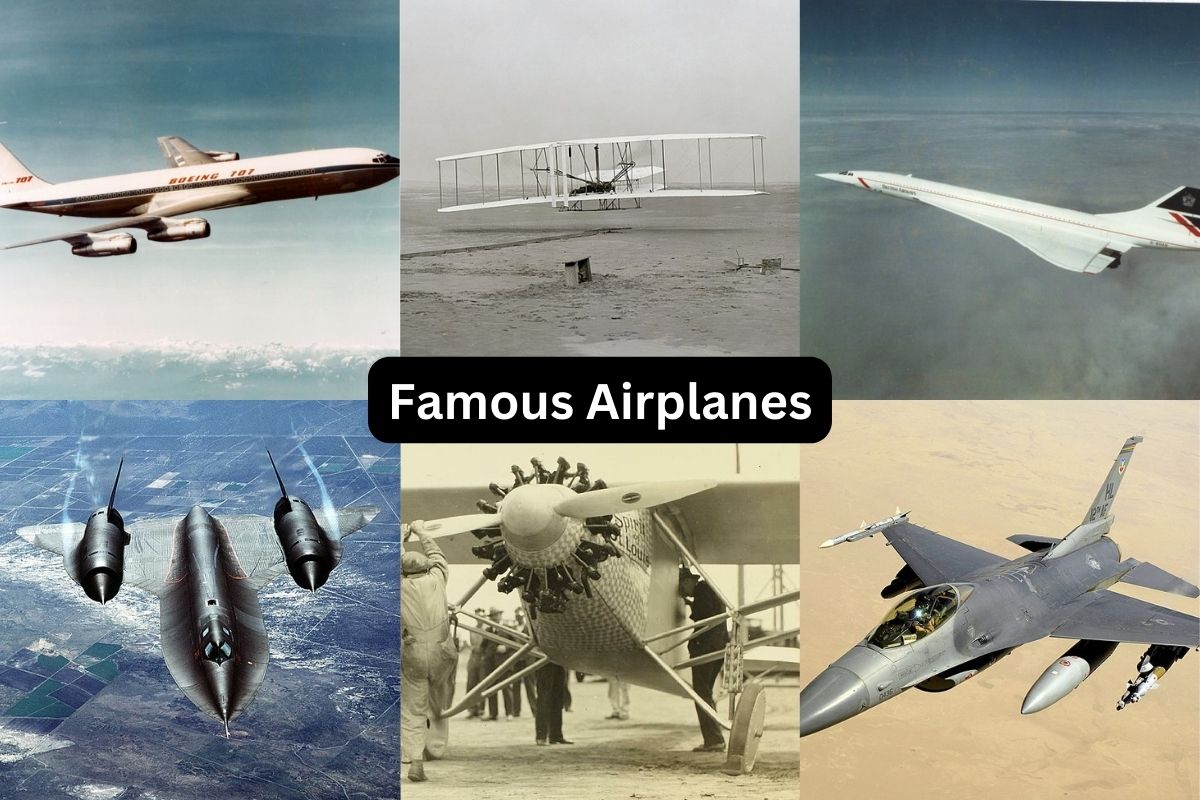Throughout the history of aviation, certain airplanes have emerged as iconic symbols of innovation, exploration, and human achievement.
These aircraft have left an indelible mark on the world, whether through groundbreaking flights, technological advancements, or their cultural impact.
In this article, we will explore the some of the most famous airplanes that have played pivotal roles in shaping the course of aviation history.
From the Wright Flyer’s pioneering flight in 1903 to the retirement of the Concorde and the modern marvel of the Airbus A380, these aircraft have captured our imaginations and continue to inspire generations of aviation enthusiasts.
Famous Airplanes
1. Wright Flyer (1903)
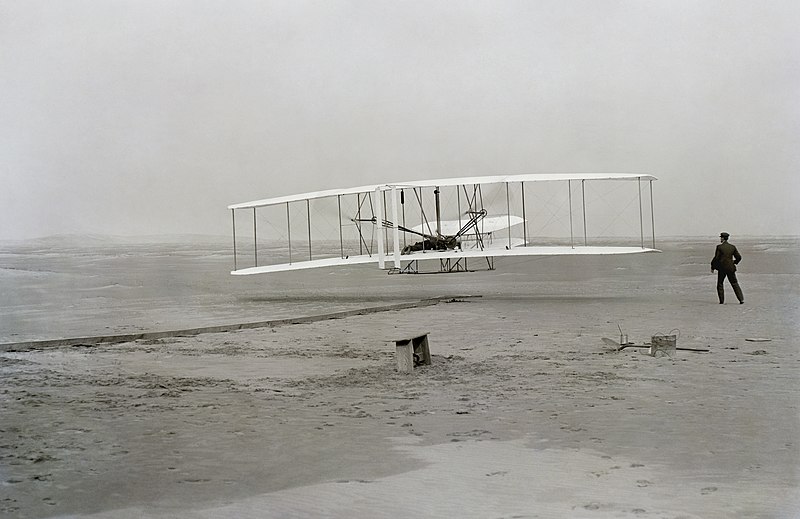
The Wright Flyer is the aircraft that made history on December 17, 1903, when Orville and Wilbur Wright achieved the first powered, controlled, and sustained flight near Kitty Hawk, North Carolina.
It was a biplane with a wingspan of 12.3 meters (40 feet) and powered by a 12-horsepower engine that drove twin propellers.
Also Read: Most Famous Fighter Jets
The flight lasted for 12 seconds, covering a distance of 120 feet (36 meters). Orville piloted the first flight, and Wilbur took the controls for the fourth and final flight of the day, which lasted 59 seconds, covering 852 feet (260 meters).
The Wright Flyer marked the birth of modern aviation and paved the way for the development of subsequent aircraft.
2. Spirit of St. Louis (1927)
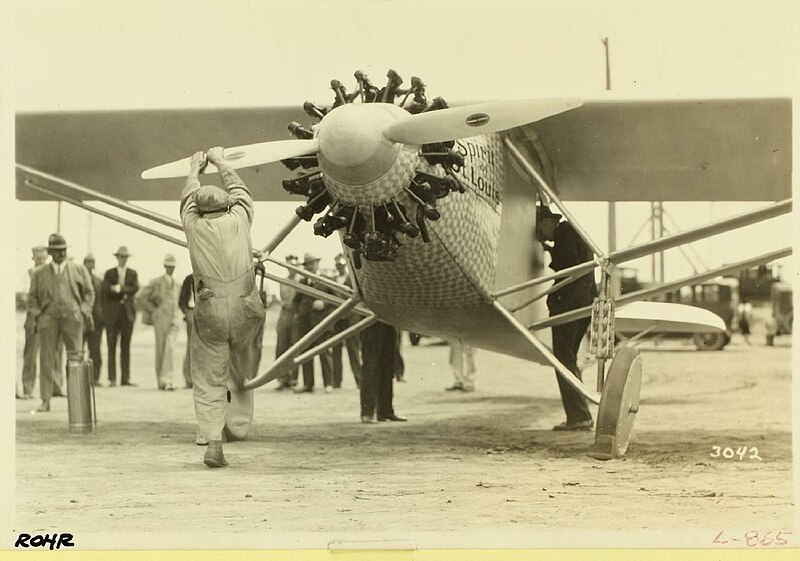
The Spirit of St. Louis is a custom-built, single-engine monoplane designed for long-distance flights.
On May 20-21, 1927, Charles Lindbergh made history by piloting the Spirit of St. Louis from Roosevelt Field in New York to Le Bourget Field near Paris, France, completing the first nonstop solo transatlantic flight.
Also Read: Famous American Air Force Pilots
The aircraft was named in honor of St. Louis, Missouri, Lindbergh’s hometown, and was designed for fuel efficiency and long endurance. It was powered by a 223-horsepower Wright Whirlwind J-5C engine.
Lindbergh’s historic flight made him an international hero and symbolized the possibilities of long-distance air travel.
3. Boeing 707 (1957)
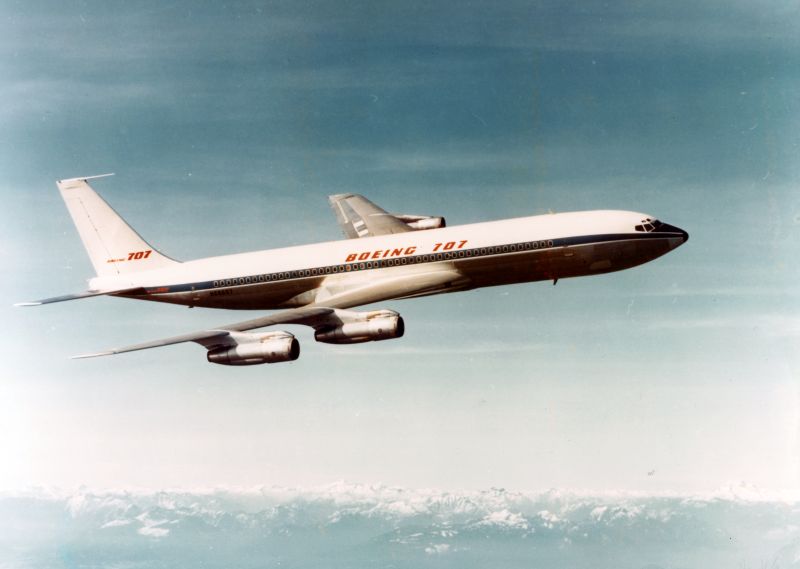
The Boeing 707 was a pioneering jet airliner that played a significant role in the development of commercial aviation.
It made its first flight on December 20, 1957, and entered commercial service with Pan American World Airways (Pan Am) in October 1958.
The 707 was a four-engine, narrow-body airliner that could carry up to 189 passengers. It was designed for transcontinental and intercontinental flights, offering greater speed and range than its piston-engine predecessors.
The Boeing 707 revolutionized air travel by reducing the time required for long-haul flights, making air travel more accessible to the general public, and contributing to the growth of the global airline industry.
4. Concorde (1969)
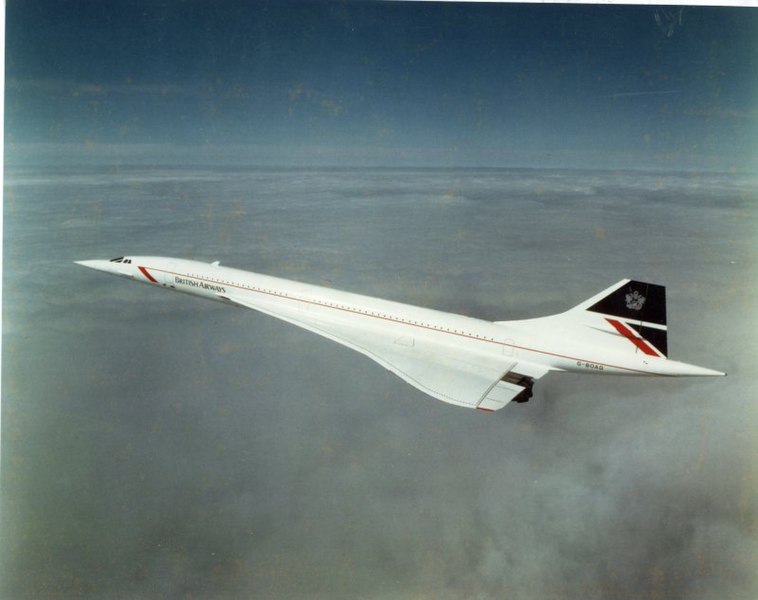
The Concorde was a supersonic passenger airliner jointly developed by British and French aerospace companies. It made its first flight in 1969 and entered commercial service in 1976.
The Concorde could fly at twice the speed of sound (Mach 2.04) and reach altitudes of up to 60,000 feet. This enabled it to complete transatlantic flights in just over three hours, significantly reducing travel time.
It was known for its sleek, delta-wing design and a slender fuselage. The Concorde’s interior was luxurious, catering to high-end travelers who could afford the premium fares.
The Concorde became an iconic symbol of luxury and speed in aviation but was retired from service in 2003 due to rising maintenance costs and a decline in passenger demand. Despite its retirement, it remains a symbol of supersonic travel innovation.
5. Lockheed SR-71 Blackbird (1966)
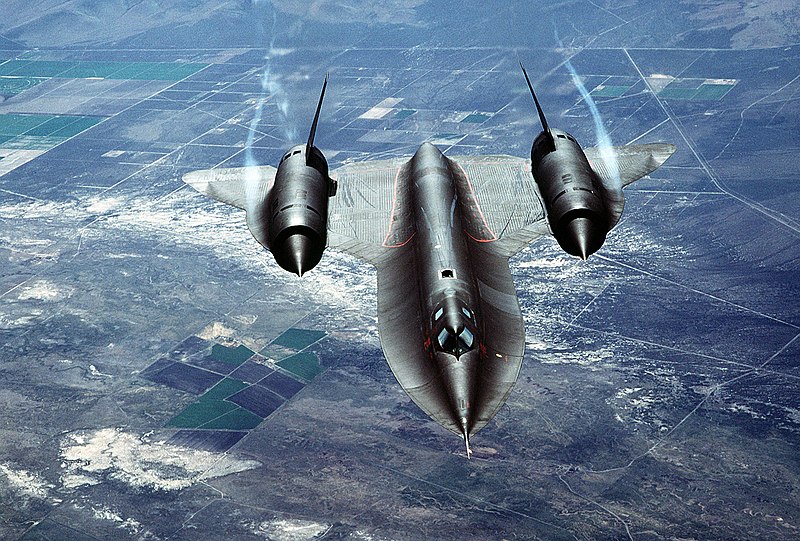
The SR-71 Blackbird is an iconic reconnaissance aircraft known for its incredible speed and altitude capabilities. It was developed by Lockheed’s Skunk Works division for the United States Air Force.
The aircraft could fly at speeds exceeding Mach 3.2 (around 2,193 mph) and at altitudes of 85,000 feet or higher. This made it nearly impossible for enemy aircraft or surface-to-air missiles to intercept.
The SR-71 played a crucial role in intelligence gathering during the Cold War, providing high-resolution photographs and electronic intelligence over hostile territories.
The Blackbird set numerous records for sustained flight and reconnaissance capabilities. It retired from service in the late 1990s but remains a symbol of engineering excellence and speed in aviation.
6. Boeing 747 (1969)
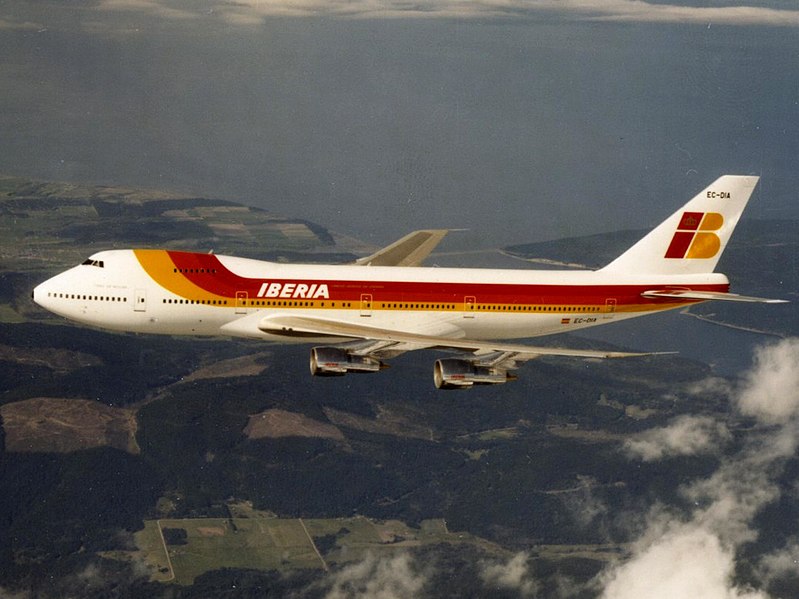
The Boeing 747, often referred to as the “Queen of the Skies,” is one of the most iconic and recognizable airliners in the world.
It made its first flight in 1969 and revolutionized long-haul air travel with its wide-body design. It was capable of carrying up to 660 passengers in a typical two-class configuration.
The 747’s distinctive humpbacked upper deck became its signature feature, allowing for a spacious upper cabin area or the inclusion of a cockpit and lounge for the flight crew.
The 747 played a crucial role in making air travel more accessible and affordable for people worldwide.
It has served both as a passenger airliner and as a cargo aircraft, and various versions of the 747 have been used for various purposes, including as Air Force One, the presidential aircraft of the United States. The Boeing 747 continues to be a workhorse in the global aviation industry.
7. Space Shuttle (1981)
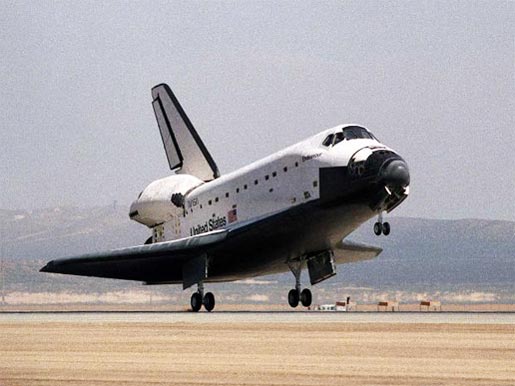
The Space Shuttle, officially known as the Space Transportation System (STS), was a reusable spacecraft developed by NASA.
It made its first orbital flight on April 12, 1981, with the launch of Space Shuttle Columbia on the STS-1 mission.
The Space Shuttle was designed for a variety of missions, including launching satellites, conducting scientific experiments in space, and assembling and servicing the International Space Station (ISS).
The Shuttle was distinctive for its orbiter, which could return to Earth and be reused for multiple missions. It had a crew capacity of up to seven astronauts.
The Space Shuttle program ended in 2011 after 30 years of service, marking the conclusion of an era in human spaceflight. Despite its retirement, it remains a symbol of NASA’s efforts in advancing space exploration.
8. Airbus A380 (2007)
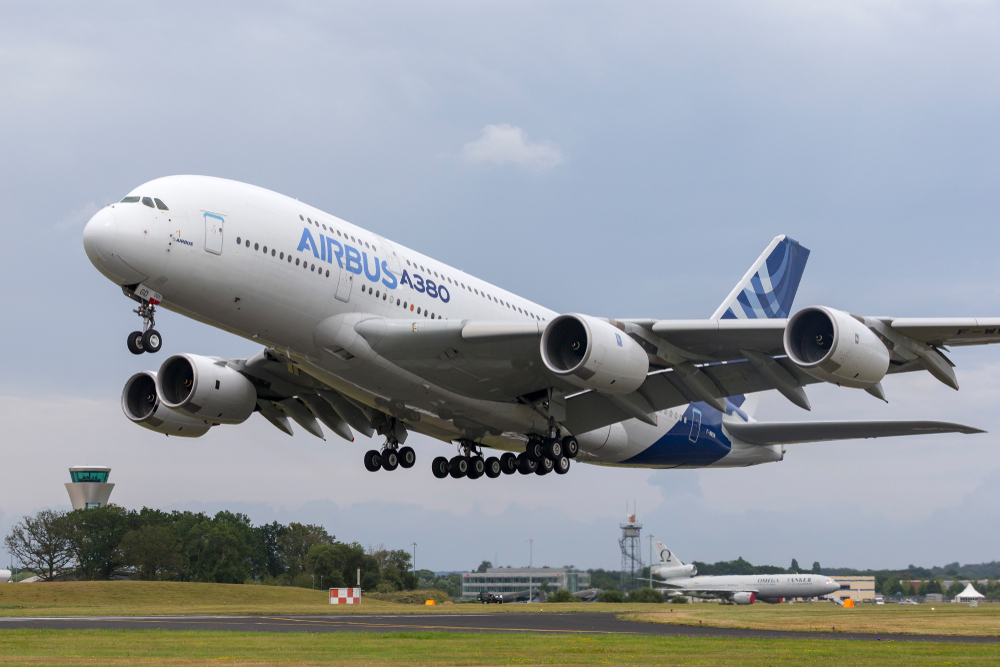
The Airbus A380 is the world’s largest passenger airliner, designed and manufactured by European aerospace company Airbus.
It made its first commercial flight in 2007 and was designed to address the growing demand for long-haul air travel, offering increased passenger capacity and comfort.
The A380 can typically carry over 800 passengers in a two-class configuration, although airlines often configure it with fewer seats to provide more space and luxury for passengers.
It features two full-length passenger decks and is known for its quiet and spacious interior, as well as advanced in-flight entertainment systems.
The A380 was introduced as a flagship aircraft for numerous airlines, but its production was discontinued in 2021 due to declining demand for such large aircraft. Nonetheless, it continues to serve as an iconic symbol of modern aviation.
9. F-16 Fighting Falcon (1978)
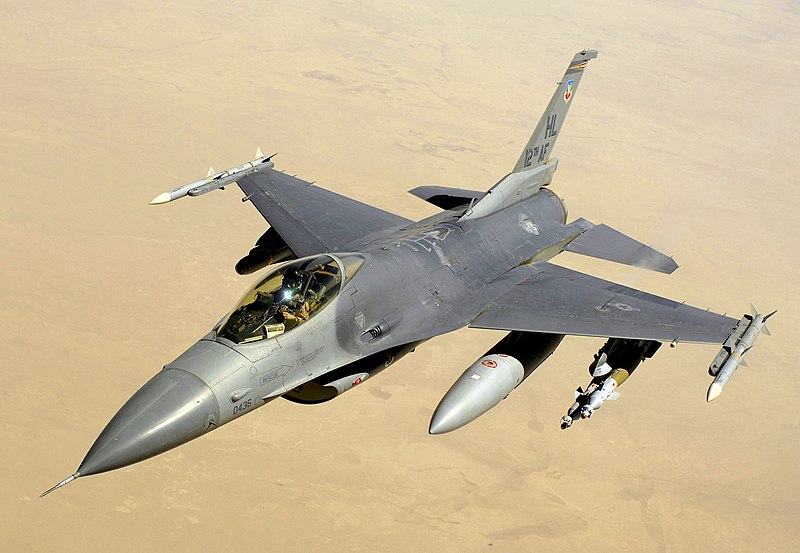
The F-16 Fighting Falcon, often simply called the “F-16,” is a highly versatile and widely used multirole fighter aircraft.
It was developed by American aerospace company General Dynamics (now Lockheed Martin) and made its maiden flight in 1974, entering service in 1978.
The F-16 is known for its agility, high-performance capabilities, and adaptability to various combat roles, including air superiority, ground attack, and reconnaissance.
It has been used by numerous air forces around the world and has been produced in various versions to meet the specific requirements of different nations.
The F-16’s affordability, reliability, and effectiveness have made it a staple in modern air forces, contributing to its status as one of the most recognizable and widely used fighter aircraft globally.
10. Boeing B-17 Flying Fortress (1935)
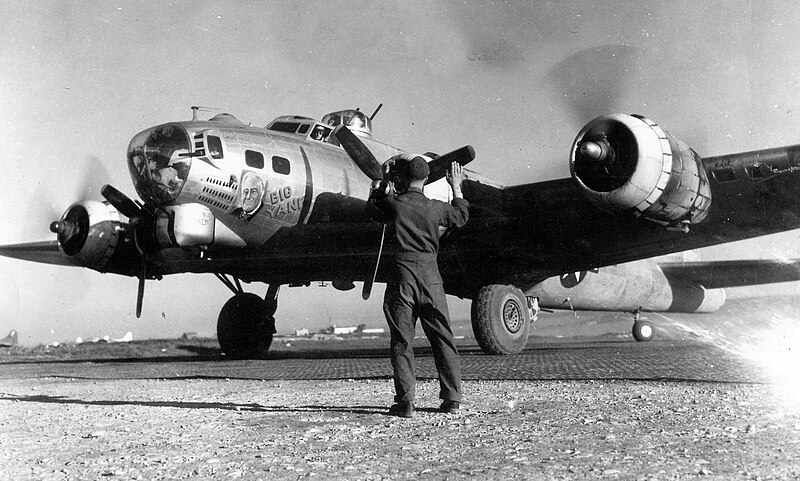
The Boeing B-17 Flying Fortress was a four-engine heavy bomber aircraft developed for the United States Army Air Corps (USAAF) in the 1930s.
It gained its nickname, “Flying Fortress,” due to its heavily armed defensive capabilities, with multiple machine gun positions.
The B-17 was used extensively during World War II in the European and Pacific theaters. It played a crucial role in strategic bombing campaigns against Axis targets, including military installations and industrial complexes.
The aircraft was known for its ruggedness and ability to withstand significant damage and still return to base. This earned it the reputation of being a dependable workhorse.
The B-17 Flying Fortress remains an iconic symbol of American air power during World War II and a testament to the bravery of its crews who flew dangerous missions deep into enemy territory.
